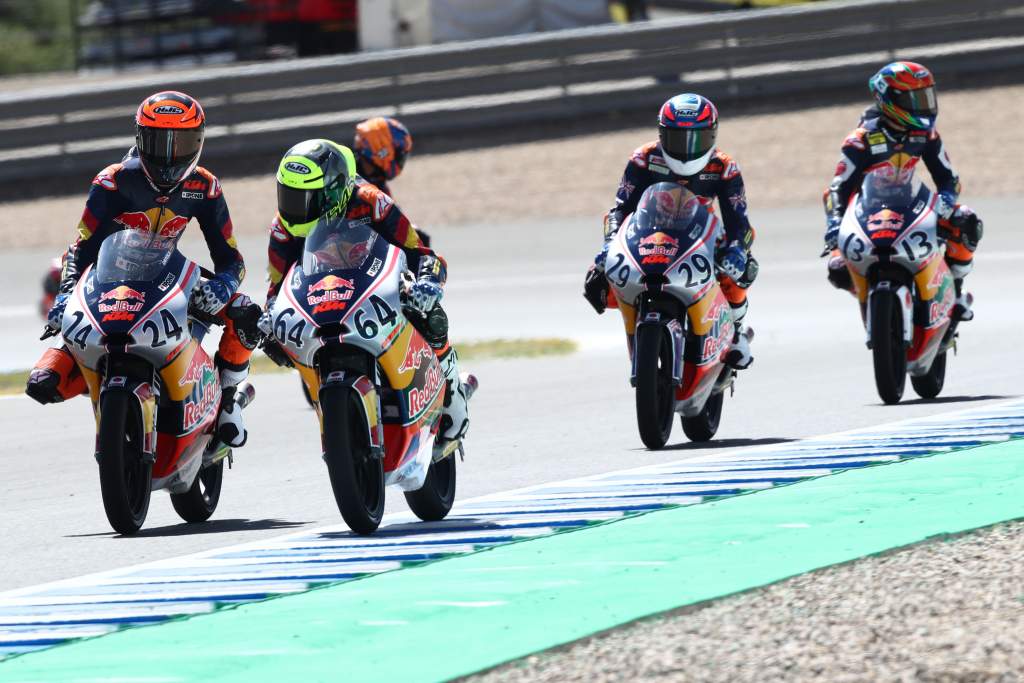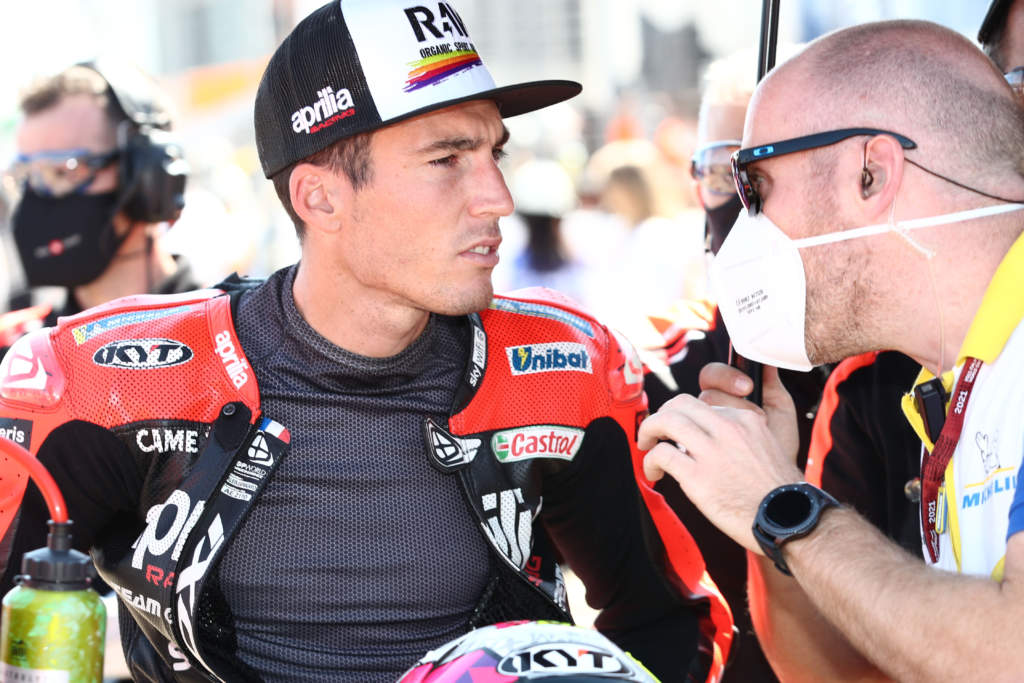until Abu Dhabi Autonomous Racing League

Motorcycle racing governing body, the Federation Internationale de Motocyclisme, has announced a sweeping change to the minimum ages of riders in grand prix racing, responding to significant criticism in recent months following a series of tragic accidents in 2021.
The most major of the new changes, which will take effect in 2023, is the minimum age of riders in all three classes of grand prix racing being raised from 16 to 18 – a move that will hopefully slow the rush to move children up the racing pecking order as soon as possible as well as ensuring that those who do arrive to Moto3 do so with more maturity and experience.
The changes will take effect further down the board, too, however, with the CEV Moto3 series and the World Supersport 300 riders required to be two years older at 16 years old, while the Red Bull Rookies Cup will move from a minimum age of 13 to 15.

Exceptions will remain for the winners of both the Junior Moto3 championship and the Rookies Cup, who will be allowed to join Moto3 at 17 years old, two years older than the current rules.
However, while the minimum age at national level Moto3 racing and the various National Cup series on the Road To MotoGP program will be raised from 13 to 14 years old, it still falls short of the overall minimum age of 16 for all Moto3-spec machines that some commentators and pundits have called for following a particularly tough season that has seen three deaths on lightweight-class machines.
There will also be a reduction in the size of the grids in some classes, with grids being slashed from as many as 40 riders in some series to a new maximum of 32 racers, addressing a factor that has been cited in a number of deaths recently.
It’s news that will be well received by many racers in the paddock, with Aleix Espargaro among those calling for the change as one of many that needed to be implemented following the death of Dean Berta Vinales in the WSSP300 class last month – although as the Spaniard stated at the time, raising minimum ages and capping grid sizes are only part of the solution to the issues facing motorcycle racing.

“We need to brainstorm and try to improve something,” stressed the Aprilia rider at the time. “The biggest problem isn’t the three deaths in the past months, which is already a big problem – the biggest problem is where we are going to. This is what worries me.
“We have a lot of close racing in the smaller classes, the bikes are not powerful, and the stability is very high so it’s not difficult to be fast with them.
“We can see for example in Moto3, for me Pedro Acosta is much more talented than the other riders, but he cannot go away in the races. This is a clear example.
“By having super-close races like you see in small classes all around Europe, there are a lot of things that we can discuss to improve it.
“Hopefully with Dorna and all the MotoGP riders we can try to brainstorm it and try to improve it. We can raise the age, because in some classes they are still a bit young, but there is a lot more we can do too.”

